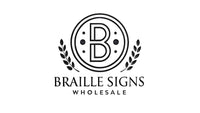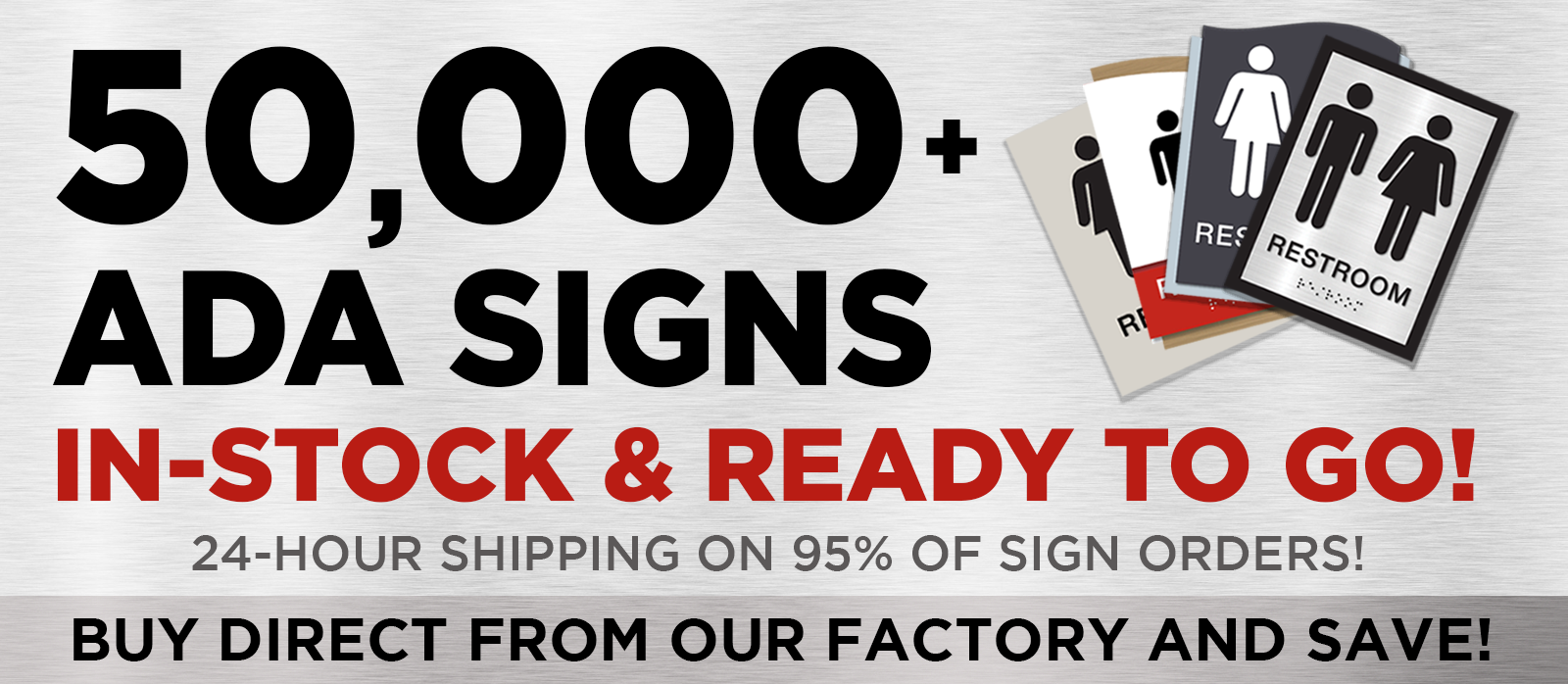Navigating the Path to ADA Compliance: Crafting the Perfect Wayfinding Experience
Did you know that a staggering 58 percent of accessibility lawsuits are rooted in inadequate signage? In today's world, where accessibility is not just a requirement but a moral imperative, the role of facility managers in ensuring clear and ADA-compliant wayfinding is more crucial than ever. By embracing ADA compliance wayfinding standards, organizations can sidestep legal challenges while creating an inclusive environment for everyone. Dive into these ten actionable best practices that seamlessly blend ADA wayfinding signage insights with ADA compliance best practices for wayfinding signage.
The High Stakes of Ignoring Compliance
Overlooking ADA regulations for signage can lead to more than just a slap on the wrist. Organizations not only face legal liabilities, but they also bear the burden of proof in lawsuits brought by individuals or advocacy groups. The financial toll can be hefty, with fines from regulatory bodies piling up. Beyond dollars and cents, non-compliance can tarnish an organization's reputation, resulting in lost business and eroded customer trust.
Inaccessibility is another pressing concern. Failing to provide tactile characters and proper mounting heights can alienate individuals with visual impairments. ADA regulations mandate tactile signs with raised characters and Grade 2 braille, mounted between 48 and 60 inches above the floor. BrailleSignWholesale, a leader in the field, emphasizes the importance of expertise across federal and state guidelines to steer clear of these pitfalls. Consider the significant average fine per ADA violation, as highlighted by the ADA National Network.
Crafting Flawless Signage: A Ten-Step Guide
- Design Harmony: Incorporate raised characters, Grade 2 Braille, non-glare surfaces, and high-contrast colors for optimal readability and compliance.
- Material Matters: Select durable materials like acrylic, photopolymer, aluminum, and wood tailored to environmental needs.
- Artful Fabrication: Employ techniques such as engraving, thermoforming, and sandblasting to boost durability and aesthetic allure.
- Light and Shadow: Ensure signs are well-lit and feature contrasting backgrounds to make tactile elements pop.
- Strategic Placement: Position signs between 48 and 60 inches from the floor for universal accessibility.
- Routine Care: Conduct regular checks and maintenance to uphold compliance and functionality.
- Commit to Compliance: Invest in ADA-compliant signage to enhance accessibility and sidestep legal entanglements.
- Visual Storytelling: Utilize before/after layouts and contrast ratio charts to visualize compliance.
- Resourceful Solutions: Explore options like Accessible Passage Signs and Custom Lobby Signs for bespoke solutions.
- Stay Ahead: Keep up with evolving ADA regulations to proactively adapt signage strategies.
The Future of ADA Compliance: Trends on the Horizon
The world of ADA compliance is in constant flux. Future trends point towards eco-friendly signage materials, reflecting a growing call for sustainability. The rise of interactive and digital signage, incorporating assistive technology like touchscreens, is another burgeoning trend. Voice-controlled signage is gaining ground, offering a hands-free, accessible experience.
Custom and branded signage is on the rise, allowing businesses to weave their brand identity into ADA-compliant signs. There's also a growing preference for domestically manufactured signage, underscoring quality and compliance. Innovative solutions are leaning towards multi-sensory signage, enriching the user experience.
Upcoming ADA revisions for digital signage and new building codes in 2026 are poised to reshape compliance requirements. An accessibility attorney underscores the importance of staying informed about these legal shifts to ensure continued compliance and accessibility.
A Journey to Inclusive Spaces
Mastering ADA compliance wayfinding is key to crafting accessible and inclusive environments. By embracing these best practices, organizations can ensure effective, accessible signage throughout their buildings. Ready to embark on your compliance journey? Our ADA Wayfinding Checklist is your perfect companion.









